
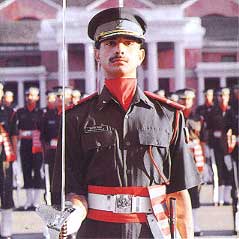



The mighty Indian armed forces
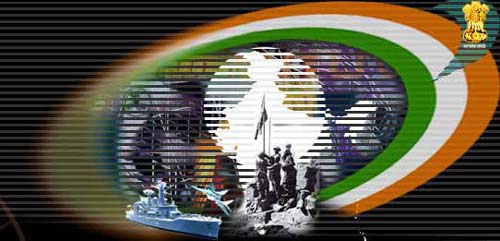
National security objectives
In dia’s national security objectives are served by:
![]() TOP
TOP
India’s Nuclear Policy, Disarmament and International Security
India has been consistent in its commitment to the elimination of weapons of mass destruction and to global nuclear disarmament on a universal and non-discriminatory basis. At the same time, India’s legitimate national security requirements cannot be overlooked, especially in view of the developments in this region. In this context, as a non-aligned country, India has always maintained that it would not be a party to any discriminatory non-proliferation system. The principal plank of our nuclear policy has not changed and we continue to believe that a nuclear weapon free world would enhance India’s security along with the security of all other nations. Moreover, our nuclear policy has also been marked by restraint and openness. As a nuclear weapon state, we are even more conscious of our responsibility in this regard. In the past, we have undertaken a number of initiatives in pursuance of global nuclear disarmament. India would continue to take such initiatives both individually and collectively. We are committed to co-operating with like-minded States to ensure that the emerging world order will rest on the principles of universality, democracy and non-discrimination.
The circumstances under which India was obliged to stand aside on the Comprehensive Nuclear Test Ban Treaty in 1996 are well known. With the steps taken to address its security requirements, in May 1998, India has voluntarily announced a moratorium on further underground nuclear testing.
India has maintained that lasting non-proliferation can only be achieved through disarmament and discriminatory treaties are unstable instruments. As a responsible State committed to non-proliferation, India has declared that it shall not transfer nuclear weapons or related know-how to other countries. India maintains an effective system of export controls and shall make it more stringent where necessary to render it more effective in the context of a nuclear India.
India’s nuclear policy can be summarized as:
![]() TOP
TOP






INTRODUCTION
Looking back from the 1990s,when the Indian Army projects power and sinew, it becomes difficult to remember the kind of fledgeling it was in 1947.
Grit and experience affect the growth of an institution. Fighting four major wars, insurgency and other low intensity wars has indeed made it an eminently and effficient battle trained, war machine.
Changing times bring changing needs. Battle training must tell also on the structuring of the army, for it is this function that extracts the most from the assets available, both men and material. A look at the command and structuring of the Indian Army shows how finely these have been tuned to meet India's threat perceptions, based on the experience of the major wars that it has fought and the present-day geo-political context.
![]() TOP
TOP

OUR MIGHT
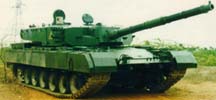
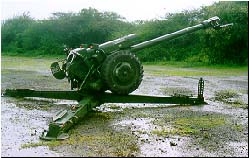
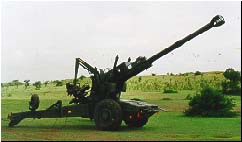
 A TANK BATTALION ON
MARCH.................
A TANK BATTALION ON
MARCH.................
 A SOPHISTICATED
MILITARY RADAR WEAPON...
A SOPHISTICATED
MILITARY RADAR WEAPON...


SNOWY MOUNTAINS OR DESERT STORMS,
WE ARE EVERY-WHERE.........


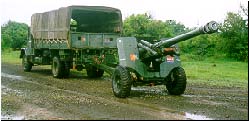
READY TO FIRE.......
THE 128MM BOFORS GUN AND OTHER POWERFUL GUNS OF INDIAN ARTILLERY DIVISION.THESE GUNS PROVED TO BE LETHAL WEAPONS DURING THE "KARGIL WAR" FOR THE ENEMY SOLDIERS.
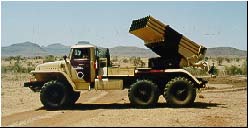
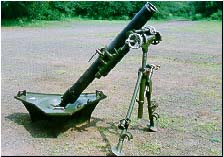

STATIC OR MOBILE, STRONG EVERYWHERE...............
A MOBILE LAUNCHER, A GRENADE LAUNCHER AND A 132MM GUN ON DISPLAY.



AIR OR LAND WE ARE THERE TO PROTECT OUR MOTHERLAND..........
AN ARMY "CHETAK" COMBAT HELICOPTER, MIGHTY T-22"ARJUN" TANKS
& T-30 TANKS.
![]() TOP
TOP